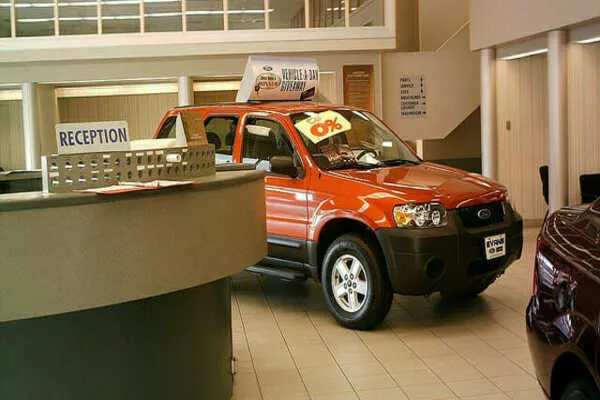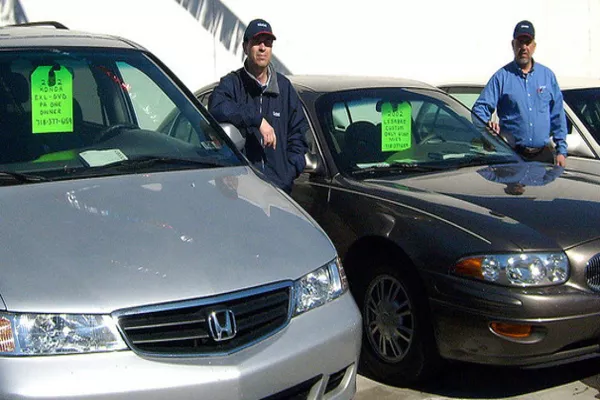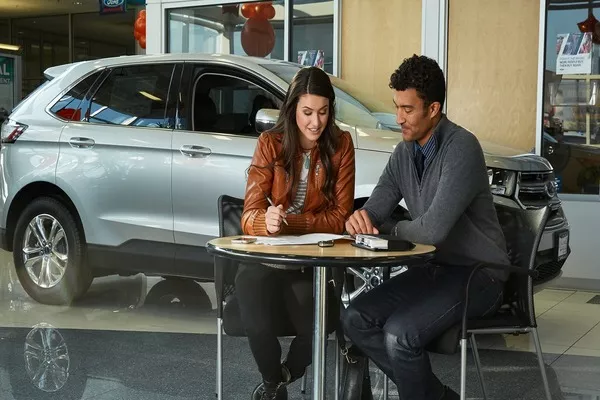Car shopping and purchasing a car is a huge investment. It requires a lot of thought and consideration, weighing its pros and cons. The price alone needs a separate line of attention. A good understanding of the documents being presented so you can work for your advantage.
Not only because it will make you more confident in handling your transactions, but you would also know where your money will be spent on regardless if you’re buying a new or a used car from a dealership. This article from Philkotse.com will let you understand more about the car's prices in the dealerships.
1. Defining a dealer invoice
The dealer invoice is the price that your dealer pays to the car manufacturer and this appears on the statement from the manufacturer. But this is more complicated as it seems because a dealer’s invoice will look different from a Manufacturer’s Suggested Retail Price or MSRP.
A dealer invoice would also not include and show other expenditures like the dealer mark-up, buying tax, title, registration or licensing fees, and destination charge if deemed applicable.

The dealer invoice is the price that your dealer pays to the car manufacturer
2. It’s more than a price
Conventionally, interested car buys use the dealer’s invoice price to help them haggle and get better deals. It is important for all potential car buyers to know that the amount indicated on the dealer’s invoice is not the actual price that your dealer pays for the car.
To improve sales, car manufacturers tend to offer different deals and cash rebates to dealers. Dealers receive financial incentives for meeting their quotas for specific car models and make.
The dealer invoice price, again, does not include these. There are also some manufacturers that pay dealers to offset the expenses related to marketing and advertising.
During your research of dealer invoice prices, as a potential buyer, you have to make sure that you query the correct car make and model as the dealer invoice price differs dramatically based on the style of the car.
The base model will be less expensive compared to packages with inclusions and multiple add-ons. Pricing will also change between a front-wheel-drive versus an all-wheel-drive model.

The amount indicated on the dealer’s invoice is not the actual price that your dealer pays for the car
>>> Grasp your attention: 6 useful tips to buy a new car at the lowest possible price.
3. The dealer’s deal
The price shown or listed as the dealer’s invoice price is always higher than the actual amount that the dealer pays the manufacturer; this is what is referred to as holdback. Holdback provides a small layer of security and financial padding to the profits of the dealer.
This happens by making the price shown in the dealer’s invoice higher by 1 to 3 percent of the actual cost. Holdback is compensation or payment directly from the car manufacturer to the dealer.
This is usually settled after a successful sale of the vehicle and is generally released quarterly. Dealers are very private about this matter and won’t disclose the actual holdback amount.

Getting as close as possible to the dealer’s actual price may prove to be either a useless or an awesome deal
>>> Check out: Car buying tips & tricks to avoid hidden fees from dealers.
The bottom line is, the amount indicated in the dealer’s invoice allows potential car buyers to think that they’re paying for the actual dealer’s cost when it really is not. This is normal though in the world of economics where there are laws set based on the supply, demand, and haggling needs.
Depending on the car, getting as close as possible to the dealer’s actual price may prove to be either a useless or an awesome deal.
4. Sealing the deal with the dealer’s invoice price
During a sales negotiation, dealers may opt to disclose a few, selected information about the invoice price. This is to partially provide the impression that the price they agree on with the potential buyer isn’t giving them much profit.
There are times where potential buyers would actually think that there is zero profit involved for the dealer.
Dealers live for the profit so with how dealers use the invoice price, clients would conclude a fair deal and eventually close the deal. In reality, with the holdback and incentives in place between the dealer and the car manufacturer, the invoice price is usually exaggerated.
This makes the negotiations more effective and a sure profit for the dealer.

During a sales negotiation, dealers may opt to disclose a few, selected information about the invoice price
5. A dealer’s Invoice price sample
When car shopping, buyers will usually use the dealer’s invoice price as a baseline for a good and fair deal. Again, this varies per dealer as well as the make and model of the car.
For instance, the dealer is offering you $25,000 for the car of your choice. You do your research and find out that the ballpark dealer invoice price is $20,000.

When car shopping, buyers will usually use the dealer’s invoice price as a baseline for a good and fair deal
Again, that $20,000 does not include the incentives agreed upon between the dealer and the manufacturer after a successful sale. Due to proper research, the buyer uses the dealer’s invoice price and buys the car for $21,500.
This is a pretty fair negotiation with the dealer getting a remarkable profit from the sale and eventually from the manufacturer of the car.
6. Benefits of understanding the dealer’s invoice price
On whatever transaction, it is always an advantage if you have a clear understanding of the terms. You might not be an expert about it, but the confidence that a dealer won’t make a fool out of you would make you smile and be more comfortable in progressing with the agreement.
The top bonus for knowing the facts surrounding the dealer’s invoice price is for your wallet. Since you have a real sense of the actual costs, it will give you more room to haggle and negotiate.
You definitely won’t get the actual dealer’s price, but it can still fetch you a good deal when you have a good ‘guestimate’ of the real costs.

There are benefits of understanding the dealer’s invoice price
>>> Read more: 5 practical tips on how to negotiate a car deal in the Philippines.
At the end of the day or better yet, at the close of a deal, you, your dealer and the car manufacturer all go home happy with the transaction. You get to lower down the initial buying price while your dealer gets the goal of a profit.
The profit might have been lowered but it is still profit, and surely an excellent kickback from the manufacturer makes the sale sweeter. The manufacturer’s deal goes up and again; the cycle continues every time a potential buyer comes around.
Recent posts
- Important Facts About Buying a Car Online in the Philippines to Avoid Being Scammed Apr 20, 2019
- How to do a used car check like a real dealer Jan 18, 2019
- 9 most common scams to avoid when buying cars in the Philippines Aug 04, 2020
- 10 effective car sales promotions for dealers to increase sales Sep 18, 2017
- 5 tips to avoid being a victim of car scams Nov 28, 2022












